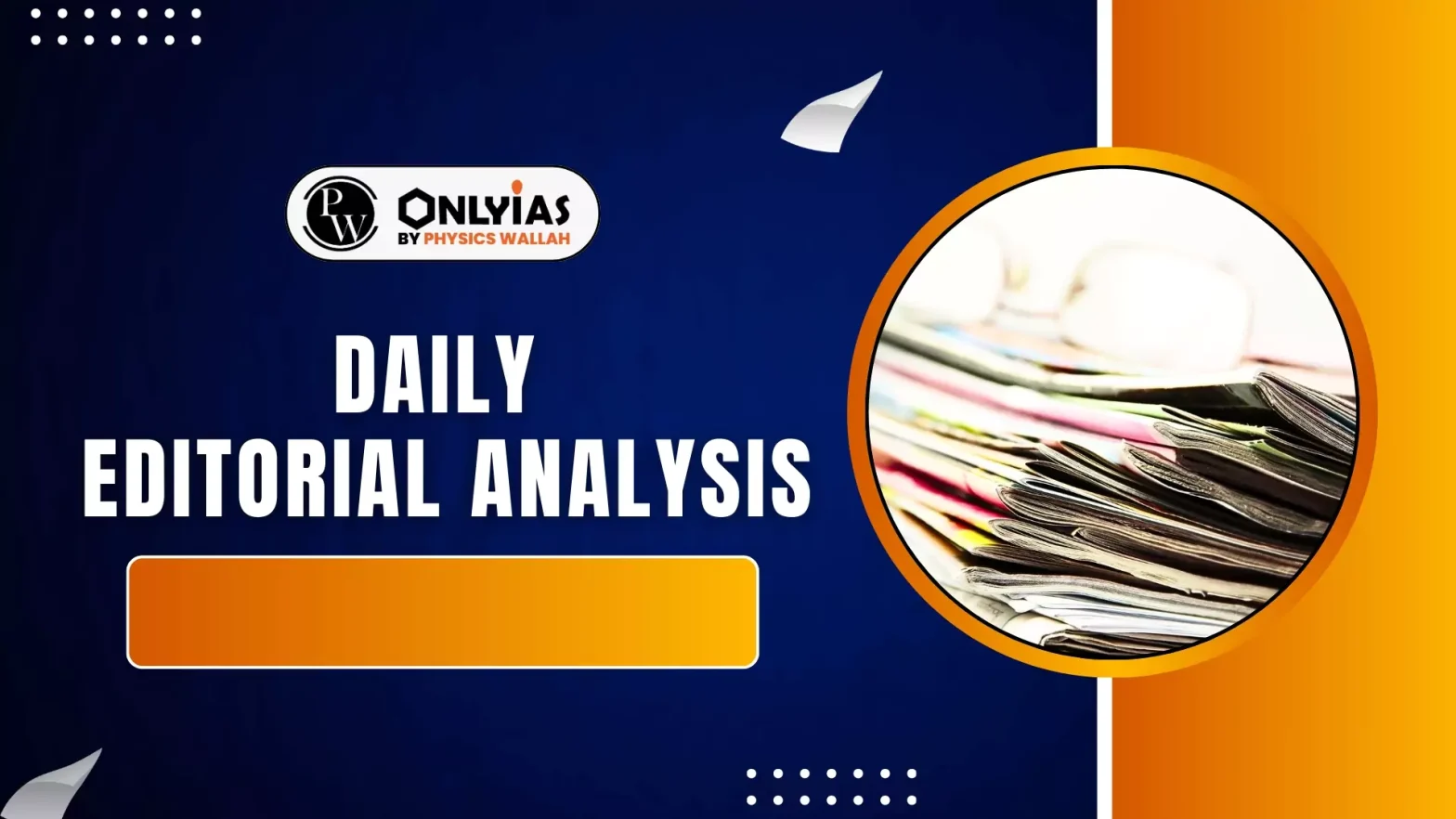![]() 23 Jul 2025
23 Jul 2025

The Ukraine-Russia conflict has fundamentally transformed into a costly test of stamina and endurance, characterised by a brutal military and diplomatic deadlock where neither side can achieve a decisive victory.
| Mains Practice |
|---|

<div class="new-fform">
</div>